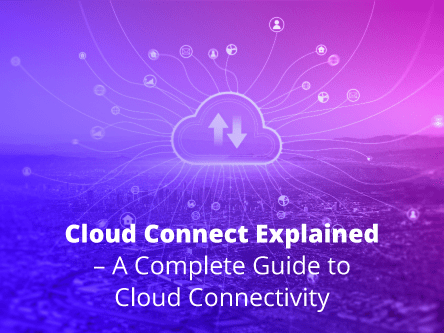In a 2019 large-scale report on cloud computing, some obvious trends could be gleaned from the statistics. The report shows that despite an increased focus on cloud cost management, only a minority of companies have implemented automated policies to address this issue, such as shutting down unused workloads or rightsizing instances.
It states that 84 percent of enterprises have a multi-cloud strategy, and that the number 1 priority for 2019 is cloud cost optimisation.
Cloud cost management and cloud governance are top challenges regardless of cloud maturity. Among enterprises, optimising cloud costs and cloud infrastructure governance are growing challenges, making cost savings the top initiative in 2019 for the third year in a row.
The challenge of managing cloud spend grows as cloud use increases.
While 64 percent of respondents cite optimising cloud spend as the most important, that number is even higher among intermediate and advanced cloud users. Other key initiatives include moving more workloads to cloud, expanding the use of containers and adopting a cloud-first strategy and implementing automated policies for governance.
Cloud users are not doing all they can to optimise costs — they underestimate the amount of wasted cloud spend.
Respondents estimate 27 percent waste in 2019, while measured actual waste is at 35 percent. Among Amazon Web Services (AWS) users only 47 percent use AWS Reserved Instances while Microsoft Azure users only leverage Reserved Instances 23 percent of the time.







